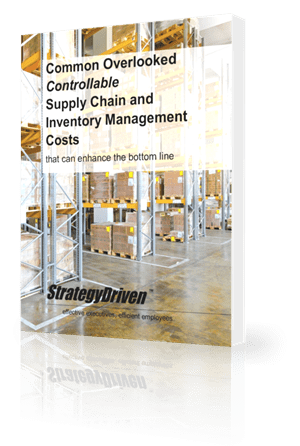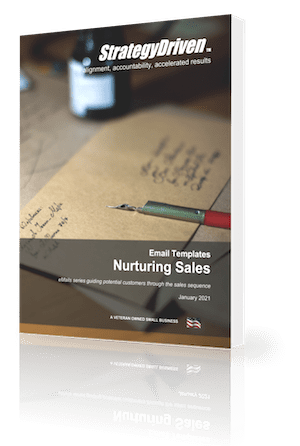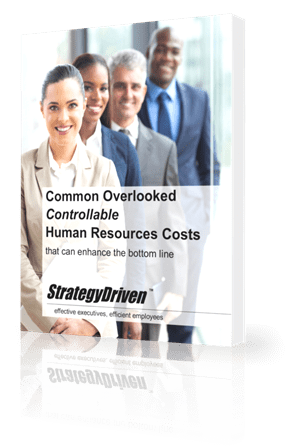Boosting Productivity: Simple Strategies for the Modern Workspace
The Importance of Workspace Organization
Keeping your workspace tidy can significantly impact your productivity. A well-organized desk helps reduce distractions and allows for better focus and efficiency. According to a study, clutter can make concentrating and processing information easier. This clarity is essential, particularly if you leverage digital tools requiring a focused mindset. Moreover, reading from tools like Shift.com review provides insights into how digital workspace tools can further streamline your everyday tasks, allowing you to maximize your organized environment.
An organized workspace also means more accessible access to the necessary tools, saving time and boosting efficiency. Physical organization, like keeping frequently used items within arm’s reach and storing less-used items out of the way, can also help maintain a neat workspace.
Digital Tools for Enhanced Productivity
Integrating digital tools into your workflow can significantly enhance productivity. Tools like task managers, calendar apps, and project management software can streamline processes and reduce time spent on manual tasks. For instance, a tool helps organize all your tasks in one place. Such tools become indispensable in managing extensive projects efficiently, providing a visual overview and detailed progress tracking.
Other digital tools, such as communication platforms and file-sharing services, facilitate seamless collaboration. This is particularly important in today’s remote work era, where team members may be spread across various locations. Centralizing communication and documentation helps minimize misunderstandings and ensure everyone is on the same page.
Effective Time Management Hacks
- Prioritize Tasks: Sort your tasks by urgency and importance to focus on what truly matters. Creating a task list at the start of each day ensures you address high-priority items first.
- Use the Pomodoro Technique: Work in short, focused bursts with breaks in between to maintain high productivity levels. This method reduces fatigue and keeps you energized throughout the day.
- Set SMART Goals: Ensure your goals are Specific, Measurable, Achievable, Relevant, and Time-bound. Setting clear objectives prevents you from veering off track and keeps your efforts aligned with your overall strategy.
Implementing these time management hacks makes you more productive and doesn’t reduce stress by making your workload seem more manageable. Breaking large tasks into smaller, actionable steps can help tackle tasks without feeling overwhelmed.
Maintaining a Healthy Work-Life Balance
It’s essential to balance work and personal life for overall well-being. Establishing clear boundaries, such as having a dedicated workspace and fixed working hours, can help achieve this balance. Remote work has blurred these boundaries for many, making it all the more important to define them clearly.
Engaging in activities outside of work, such as hobbies, exercise, and spending time with loved ones, can drastically improve mental health and job satisfaction. Scheduling personal time as you would work tasks ensures that you don’t neglect your personal life in favor of work.
The Role of Breaks and Physical Activity
Regular breaks and physical activity are crucial for maintaining high productivity levels. Short breaks help refresh your mind and prevent burnout, while exercises like stretching and walking can improve your overall health. Studies have shown that short, frequent breaks can enhance focus and creativity, providing a much-needed respite from prolonged work.
Physical activity stimulates blood flow and oxygen to the brain, which can help maintain cognitive functions. This doesn’t necessarily mean an intense workout; simple activities like walking around or doing a few stretches at your desk can make a significant difference.
Importance of Feedback and Communication
Effective communication and constructive feedback are critical to a thriving work environment. Regular check-ins and open communication channels help address issues early on and foster a supportive workplace culture. When feedback is given constructively, it can boost morale and improve performance.
Clear communication ensures that all team members understand their roles and responsibilities, reducing the chances of miscommunication and errors. Regular team meetings and one-on-one sessions provide opportunities for feedback and discussion, creating an environment of continuous improvement.
Fostering Continuous Learning and Training
Encouraging continuous learning and training can keep employees engaged and up-to-date with the latest industry trends. Access to resources like online courses and workshops can motivate employees to maintain high performance levels. According to a report, reskilling and upskilling decrease skill gaps significantly.
Investing in employee development benefits the individual worker but doesn’t enhance the company’s overall competence and innovation. Employers prioritizing continuous learning create a culture of growth and curiosity essential for long-term success.












Leave a Reply
Want to join the discussion?Feel free to contribute!